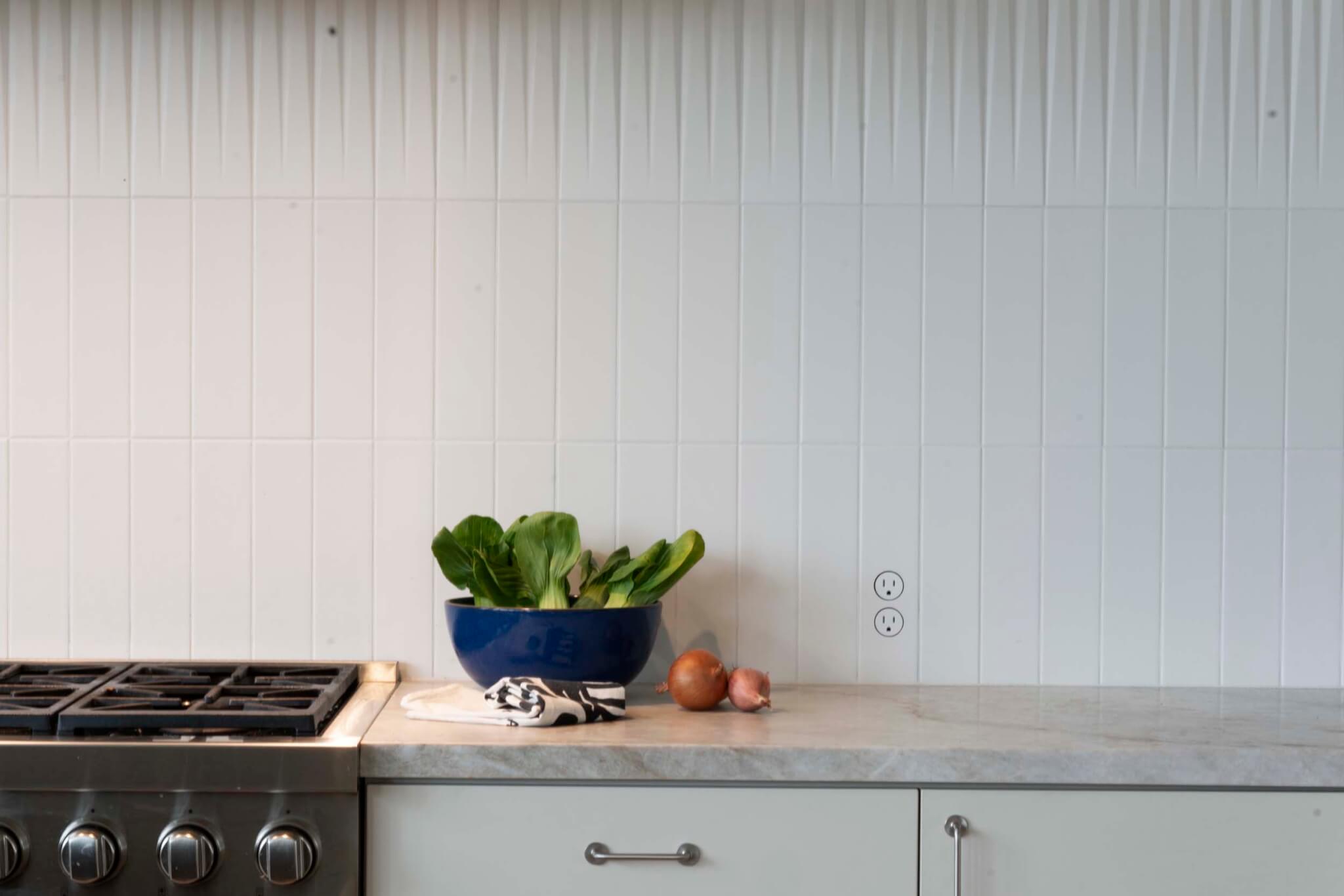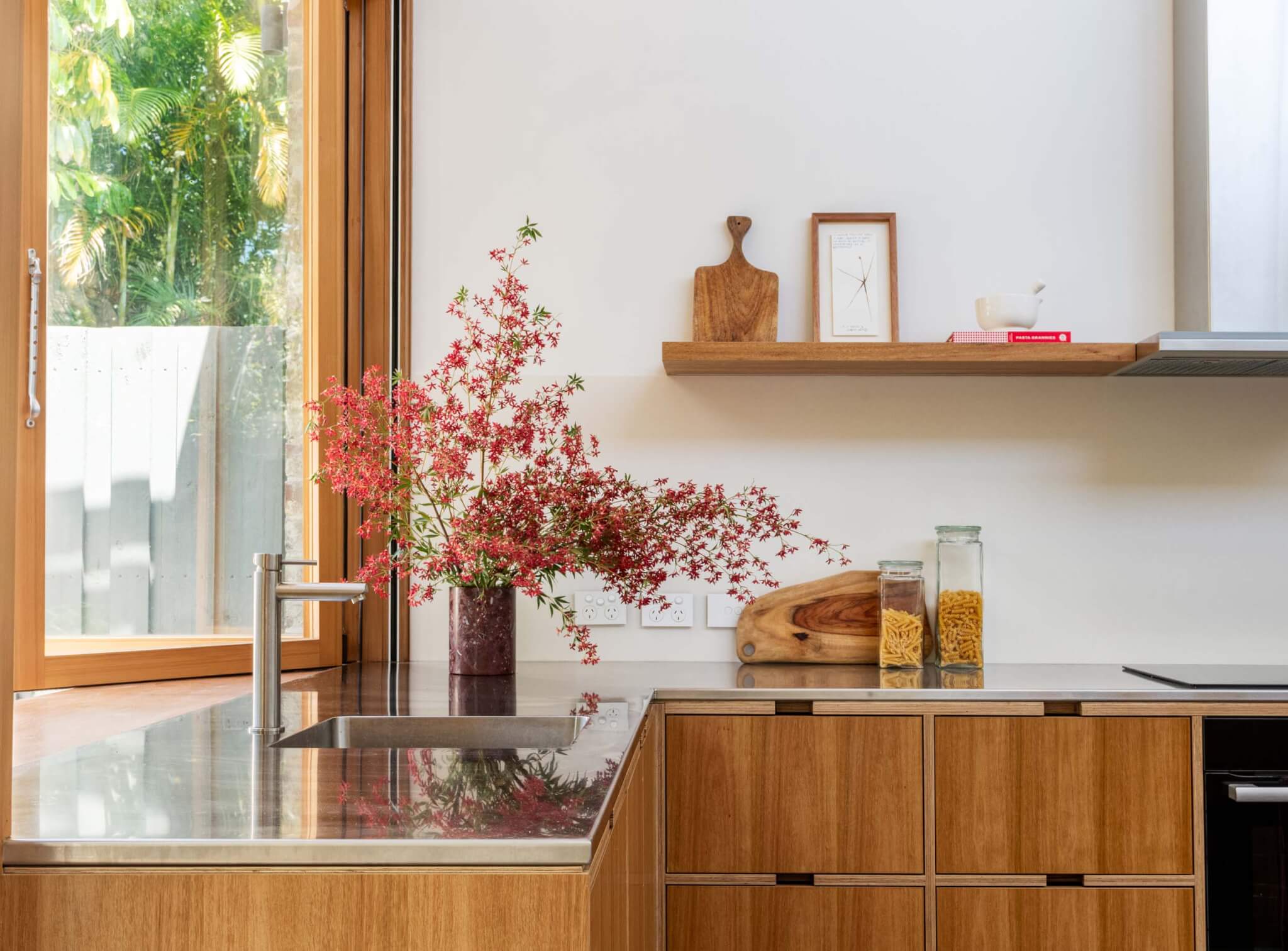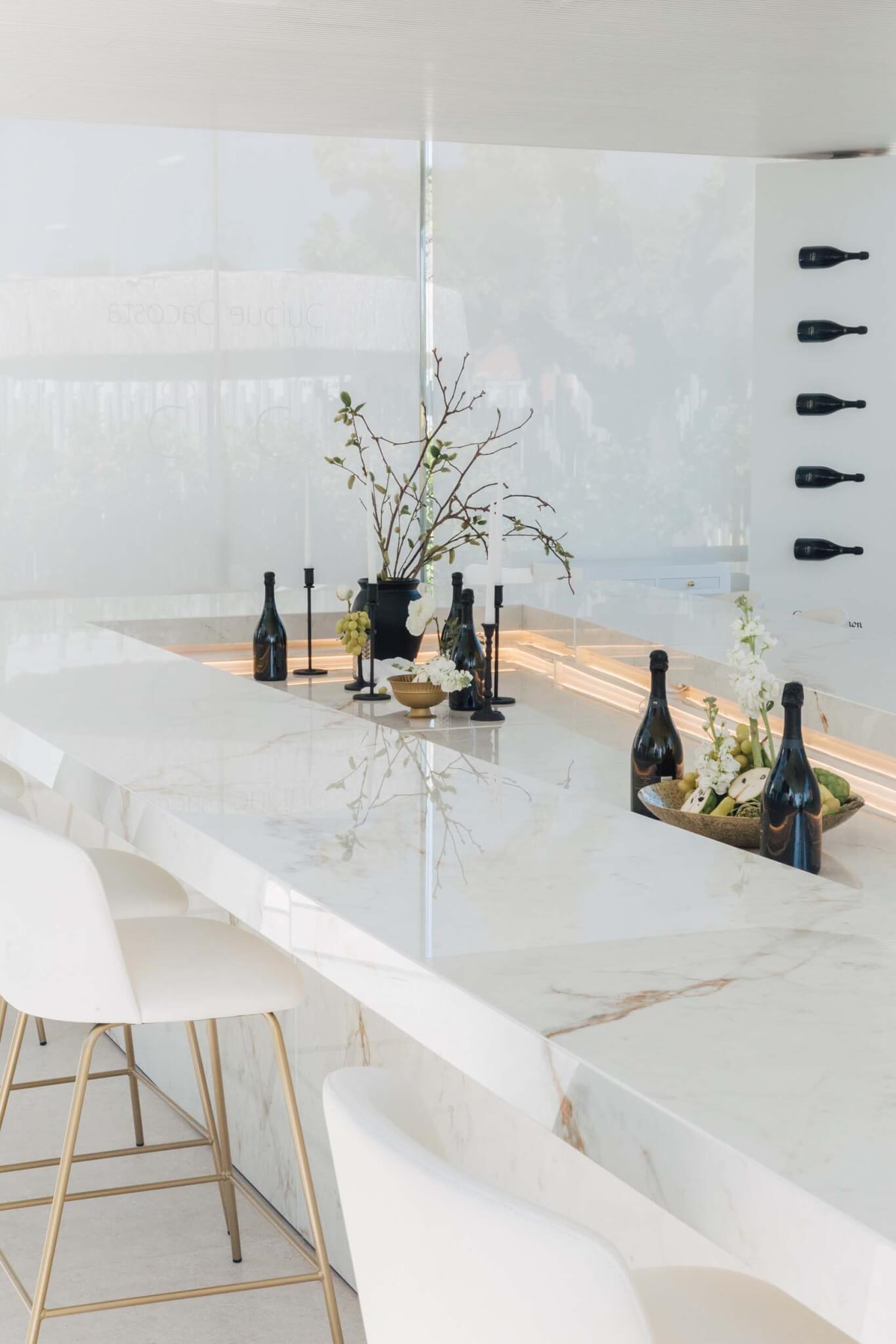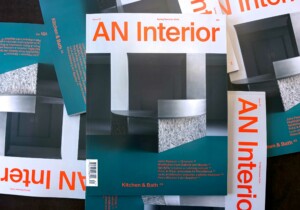Engineered stone is often hailed as a wonder material. It’s cheap, durable, recyclable, and attractive. But it’s also killing people, according to medical researchers and public health officials around the world. They’re linking a surge in severe cases of silicosis, a progressive and incurable lung disease, to the material’s growing popularity. Silicosis is one of the oldest occupational diseases. But the “rock dust menace,” as The New York Times described it in 1928, was mostly reined in in the U.S. after safety regulations like wet cutting, ventilation, and respirators were enacted. However, engineered stone, also known as quartz, has significantly higher concentrations of silica than natural stone—around 90 percent (granite is around 45 to 50 percent and marble is typically below 5 percent).
Because of this, Australia banned engineered stone, and regulators in California may do so too, if widespread noncompliance with emergency workplace safety rules continues. It’s looking grim: Since those rules went into effect in December, CalOSHA has inspected 29 shops and issued 13 stop-work orders because of “imminent” silica-related hazards.
Now, architects and designers across the U.S. are examining their relationship to the material as the risks surrounding it become better known. The conversation about silicosis and engineered stone intersects with several critical issues: the safety of building products, workplace safety, and the ethical responsibility of architects to confront the impacts of what they create. “Designers and developers have an important role to play in thinking about this issue and the implication for workers who are involved in producing those materials,” Dr. Amy Heinzerling, a medical officer with the California Department of Public Health, told AN.

Just as the science around silicosis is evolving, the understanding of how building materials affect human health is becoming more sophisticated. (Ironically, silicosis’s rise overlaps with a growing interest in designing for wellness.) So much work over the past decade has focused on simply disclosing what’s in building materials. “We couldn’t start talking about optimization until the industry became more transparent,” Greg Mella, the director of sustainability at SmithGroup, told AN. There are now more tools than ever designed specifically to examine the risks associated with materials. One of them is the AIA Materials Pledge, which helps architects select materials that promote circularity, human health, climate health, ecosystem health, and equity. The problem is, no single material meets all five criteria, said Lona Rerick, an architect at ZGF and one of the sustainable materials experts who developed the pledge. “We’re always looking at as much information on a material as we can get, and with silicosis and social justice issues, it gets complicated fast.” (The AIA did not return requests for comment.)
Optimization has become a dilemma because there’s no such thing as a harmless material. “I would be remiss if I didn’t say that it’s great we’re focusing on silicosis, but the broader impacts of petrochemicals are far more substantial,” Mella said. “Vinyl to me seems like the real evil, but regardless of what’s more important is that they are all important.”
To Ban or Not to Ban
In Australia, the debate has coalesced against engineered stone. The country’s industrial relations minister, Iganzia Graziella “Grace” Grace described engineered stone as a “dangerous product that has no place in our workplaces.” Dr. Rebecca McLaughlan, an architect and lecturer on professional practice and architectural design at the University of Sydney, shares the perspective. “What’s the risk-to-benefit proposition in this scenario? A kitchen benchtop for a person’s health. It doesn’t remotely stack up.” Claire McCaughan, director of the Sydney firm Custom Mad, supports the ban, though it won’t affect her practice much. She’s only specified engineered stone once in the past ten years, since her clients prefer natural finishes like stone and hardwood. Lately, she has been incorporating stainless-steel countertops into her projects because the material is durable and recyclable.
Sentiments are mixed in the United States. Some architects see it potentially becoming another asbestos—something cheap, but deadly, so it’s eventually regulated away. But mostly, there’s a sense of caution surrounding the material and a hope that lower rungs on the hierarchy of controls, like substitution and stricter engineering and PPE, will make an impact.
Absent a ban, some architects are also hoping for other creative solutions. Margaret Montgomery, a principal at NBBJ, thinks that something like FSC certification, which tracks the entire chain of custody of woods to ensure that they are responsibly sourced, could be applied to engineered stone. “I don’t think we have a great mechanism yet, and it’s ripe for activism and change,” she said.

Responsible Specs
Perkins&Will steers clients away from engineered stone whenever possible because it can contain BPA and PFAS—toxic substances that are on its Precautionary List, a database of chemicals in building materials that the firm began developing over 15 years ago. But since the silicosis spike, the firm’s calculus is changing. “We are now considering removing engineered stone altogether from our specifications, and we may do so in the near future,” Jason F. McLennan, chief sustainability officer at the firm, told AN.
Architecture Research Office (ARO) decided to forgo engineered stone in an adaptive reuse project it’s designing for St. Ann’s School in Brooklyn, since its client’s main project goal is healthy materials. “This issue shouldn’t be easier to talk about when kids are using a building, but it is,” principal Stephen Cassel told AN. The firm recently decided to stop specifying engineered stone in all future projects. And just in the past few weeks, Jack Dinning, a materials specialist at the green building consultancy Brightworks Sustainability, has noticed more media coverage of silicosis and as a result, more questions from clients about what to do about it, especially after Building Green recommended avoiding engineered stone whenever possible. He shares that position. “The idea of an outright ban on anything without assessing alternatives feels reactive,” he told AN. “If we’re taking a precautionary approach but then instead use products that are laden with formaldehyde, that’s not ideal either.” He’s looking into alternatives like sintered stone, which he chose for a kitchen renovation he’s working on for his mother. But Dinning points out that this substitute is much more expensive. “If you’re saying we’re going to make housing even less affordable to certain markets, that’s also not a positive societal effect.”
Affordability also worries Anand Sheth, an architect based in San Francisco. Around 80 percent of his projects use engineered stone. “Until the price of engineered stone goes up, we are unlikely to see much of a change in client preference,” he said. Sheth is concerned about California prematurely banning the material before substitutes are available and thinks it might be a repeat of growing pains after incandescent bulbs were phased out. “We had to deal with pricey LED options with poor outputs,” he said.
However, some architects are finding creative ways to think about alternatives. Lindsey Wikstrom—founding principal of Mattaforma and contributor to nonprofit Who Builds Your Architecture?, which researches the intersection of labor and the built environment—recently designed a reclaimed-wood countertop for a client initially interested in quartz. Wikstrom also prefers natural stone: For clients concerned about maintenance, she compares keeping natural stone clean to “a simple form of care similar to washing your hands or trimming your nails, rather than an inconvenience.”

Beyond Kitchen Counters
Not all environments are as flexible as a residential kitchen. And this is where the silicosis conversation becomes murkier. Rerick cited a lack of viable alternatives for health care projects, which comprise a large portion of ZGF’s portfolio. She’s looking for options that have less silica in them, but hasn’t found a true replacement. “I wish it was simple and we could say that we’re never using engineered stone again,” she said.
For manufacturers and brands, alternatives are coming—although slowly. Even engineered stone brands that maintain that their products are safe are responding to the changing landscape with low- and no-silica products. “Quartz is losing presence day by day in the marketplace,” Daniel Sánchez, a chief executive at the surfaces brand Neolith, told AN. “The world has changed.” In January, his company launched its first zero-silica products in Australia, and it will start selling them in North America in June. Cosentino, the Spanish engineered stone manufacturer, which was recently locked in a 15-year legal dispute over silicosis, introduced its Hybriq line of surfaces in 2020, which has 10 to 40 percent silica, and all of its new products for this year have silica concentrations below 10 percent.
Centering Labor
Architecture’s growing labor movement may also affect how the industry addresses silicosis. Legally, architects have no responsibility over the means and methods of construction, but it’s a much different time now than when Zaha Hadid said, “I have nothing to do with the workers” when pressed about deaths at the al-Wakrah Stadium construction site. “Taking into account the health and safety of people who construct our buildings is a new priority for a lot of architects now, especially younger ones,” said Liz, a Los Angeles–based architect and worker organizer with Architecture Workers United (AWU) who wishes to remain anonymous. “There are probably hundreds if not thousands of instances where I’ve specified engineered stone in a place where it needed to be cut to fit. I think that I have certainly had a hand in the illness and of workers through this.”
While the Architecture Lobby doesn’t have an official position about the use of engineered stone, the group said that it “encourages all architectural workers to identify opportunities for activism in even the most mundane tasks, such as countertop specification.” Marcos Santa Ana, a general contractor and founder of design-build firm Alloi, believes that lawmakers should set rules on what an acceptable level of silica in building products is. “While installed engineered stone does not pose a risk to homeowners, strict adherence to safety protocols by all stakeholders is essential, given the potential for lapses in compliance.”
Liz and AWU support a boycott of the material, but beyond that the group understands the need to distribute educational materials about silicosis and what architects can do about it. “We don’t have to wait for a government ban to specify other materials,” Liz said. “Would I give up my life right now so that an office project that I’ve worked on could have a slightly cheaper countertop? Absolutely not. Why am I asking anyone else to do the same?”
Diana Budds is a New York–based journalist who covers design and the built environment.











